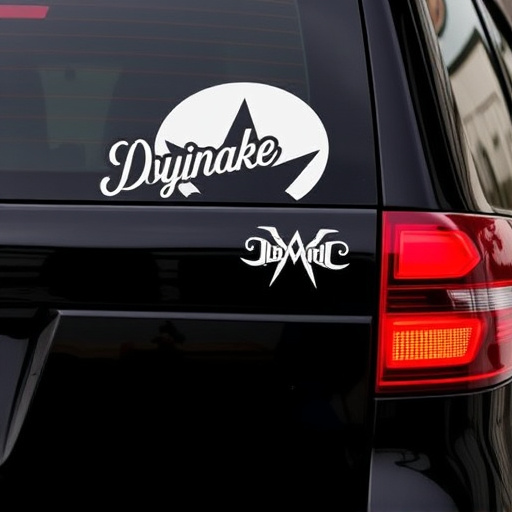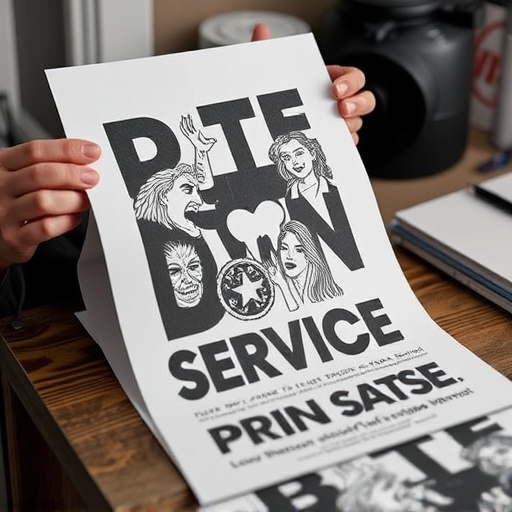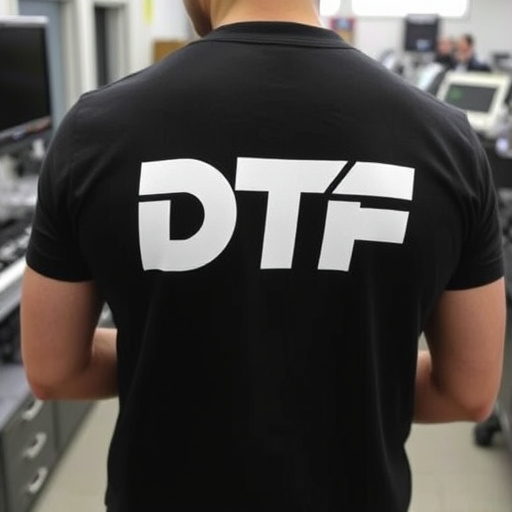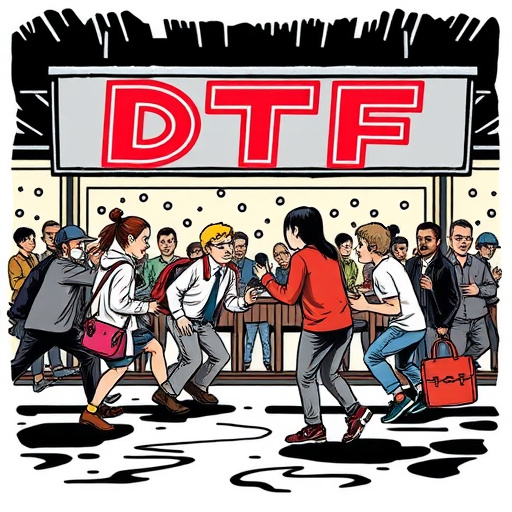Direct-to-Film (DTF) Transfer technology revolutionizes garment manufacturing by enabling high-quality printing directly onto film, eliminating intermediate steps like screen printing or heat transferring. Ideal for bulk Direct-to-Film Transfers shirt production, this method ensures consistency and efficiency in creating unique, detailed garments. Proper workspace preparation, essential materials, and mastering the heat press technique are key to achieving high-quality results.
Dive into the world of direct-to-film transfers with this comprehensive guide on using a heat press. Discover how this technology revolutionizes custom printing, allowing for vibrant, durable designs on various materials. From understanding the fundamentals of Direct-To-Film (DTF) transfer technology to mastering application techniques, we’ll equip you with the knowledge to create professional-grade prints. Prepare your workspace, gather essential materials, and unleash your creativity with DTF transfers.
- Understanding Direct-To-Film Transfer Technology
- Preparing Your Workspace and Materials
- Mastering the Heat Press Application Technique
Understanding Direct-To-Film Transfer Technology
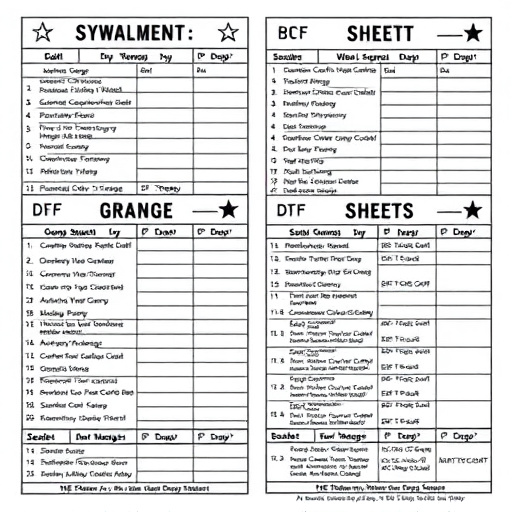
Direct-to-Film (DTF) Transfer technology has revolutionized the way we apply designs to various materials, especially in the garment industry. This innovative process allows for high-quality printing directly onto film, eliminating the need for intermediate steps like screen printing or heat transferring. With DTF transfers, intricate and detailed designs can be achieved with vibrant colors and sharp outlines, making it an appealing option for custom shirt production.
The process involves creating a digital design that is then separated into layers, each representing different elements of the artwork. These layers are printed onto special transfer film using high-resolution printers. The film acts as a carrier for the design, allowing for precise application when transferred to the desired surface, typically fabric. This method is particularly advantageous for bulk dtf shirt production, ensuring consistency and efficiency in creating custom garments with intricate graphics.
Preparing Your Workspace and Materials
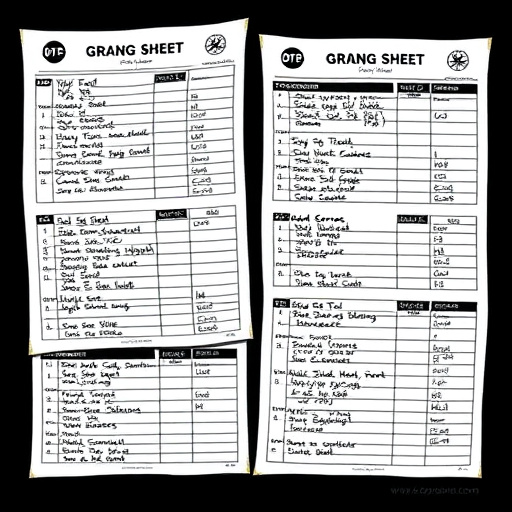
Before beginning your heat press journey with Direct-to-Film (DTF) transfers, preparing your workspace and gathering the right materials is crucial. Clear a dedicated area for your project, ensuring it’s well-ventilated to handle any fumes from inks or adhesives. A clean, flat surface suitable for both your heat press machine and the printing process itself is essential.
Stock up on essential supplies such as DTF printers, which are designed specifically for high-quality direct-to-film printing. Consider cold peel DTF transfers for dark fabrics if you plan to work with a variety of colors and materials. Have all your inks, films, and adhesives readily available to streamline the process.
Mastering the Heat Press Application Technique
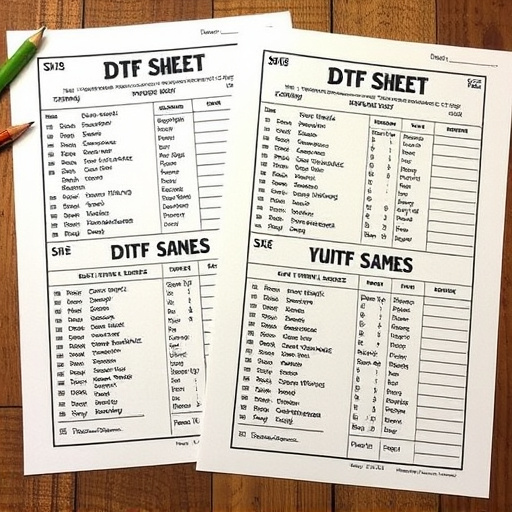
Mastering the heat press application technique is key when working with Direct-to-Film (DTF) transfers. Start by ensuring your surface is clean and dry; this could be a hoodie, t-shirt, or any fabric of your choice. The smooth and flat surface will ensure optimal adhesion for your DTF transfer. Adjust the heat press to the appropriate temperature recommended for your specific material; using the wrong temperature can lead to poor adhesion or even damage to the garment.
Apply pressure evenly across the entire design area, making sure there are no bubbles trapped under the film. The ideal time for pressing varies depending on the material and heat press settings, but typically ranges from 15-30 seconds. After pressing, allow a brief cooling period before attempting to peel away the cold peel DTF transfer. A successful application results in a crisp, clean design with no creases or smudges, showcasing your personalized hoodies or other products to their fullest potential.
Direct-to-Film Transfers (DTF) heat press technology is a game-changer for creating high-quality, durable designs on various materials. By mastering the application technique and preparing your workspace properly, you can achieve professional results with ease. This method not only enhances productivity but also ensures long-lasting prints, making it an excellent choice for both personal projects and commercial applications. Incorporate DTF heat pressing into your creative process to unlock endless possibilities for design customization.


